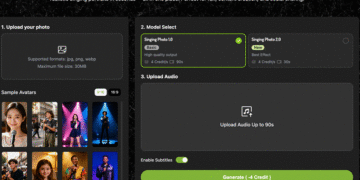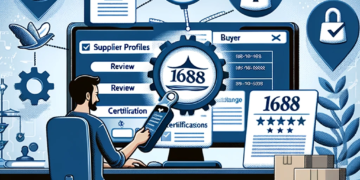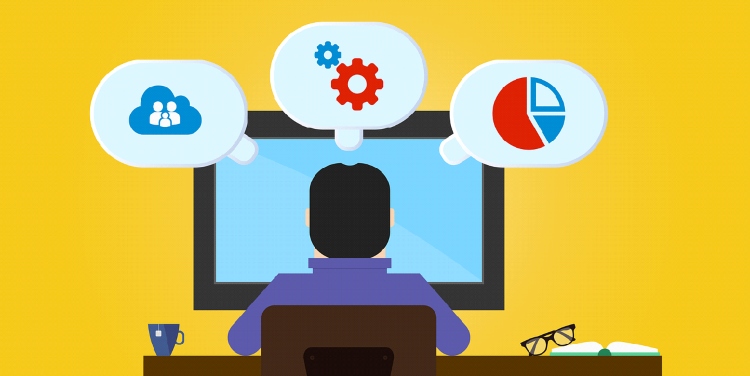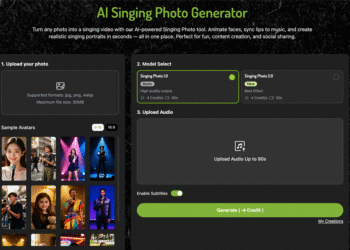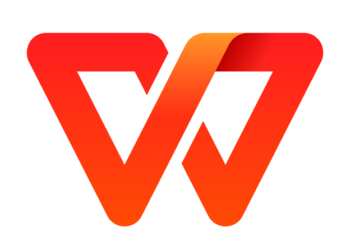Today, all businesses rely on some form of technology to operate efficiently. The list includes laptops, smartphones, software, licenses and cloud subscriptions, among other things. IT assets are thus the backbone of modern workplaces and keeping track of them becomes a task to consider. This is where IT asset management (ITAM) comes into play.
For beginners, understanding ITAM is essential because it contributes to cost optimization, enhanced security, and compliance. Let’s break down what it is, why it matters, and how companies can implement it effectively.
Alt-text: IT asset management explained
What is IT Asset Management?
At its core, IT asset management represents the process of managing, tracking and optimizing an organization’s IT assets throughout their lifecycle. This includes hardware (laptops, desktops, servers, printers, etc.), software (applications, licenses, cloud services, operating systems), and digital assets (virtual machines, databases and cloud storage solutions).
ITAM ensures that companies can always know what assets they own, where they are located, and how they are being used. As a result, such solutions lead to waste reduction, improved security and higher efficiency.
Why Is It Important?
Although many companies overlook ITAM, assuming IT teams can manually track everything, poor asset management can lead to compliance risks, unnecessary costs, and inefficient operations. Asset management is important because it helps with:
- Cost Control and Optimization
Companies overspend on unnecessary software licenses, duplicate hardware, and outdated technology when they don’t have a structured ITAM approach. Maintaining accurate records of IT assets is necessary to avoid redundant purchases, optimize software licensing agreements, and extend the IT asset lifespan through maintenance and upgrades.
- Compliance and Security
ITAM helps businesses stay compliant with industry regulations such as SOC 2, ISO 27001 and GDPR. It also plays a leading role in cybersecurity by ensuring outdated and unsupported software is identified and removed. Moreover, security patches are applied on time and lost or stolen devices are properly decommissioned.
- Improved IT Efficiency
Manual IT asset management is time-consuming and prone to human errors. Using ITAM software with automation streamlines tasks by providing real-time visibility into asset usage and simplifying IT support. Inventory tracking and audits can be automated as well in order to help employees focus on other critical tasks.
Efficient Implementation
For businesses new to IT asset management, here are the key steps to key started:
- Create an Inventory – Document all hardware and software assets, including serial numbers, license details, and locations.
- Use ITAM Software – Automate asset tracking, reporting, and compliance monitoring with a dedicated ITAM tool.
- Implement Lifecycle Management – Track assets from procurement to disposal, ensuring secure and cost-effective management.
- Regularly Audit and Update Records – Conduct periodic audits to identify unused assets, renew licenses, and optimize spending.
- Ensure Security and Compliance – Implement policies for device tracking, data wiping, and regulatory adherence.
Ending Thoughts
Investing in IT asset management is not just about keeping records—it’s about cost savings, security, and operational efficiency. Whether you’re a small business or a growing enterprise, having a structured ITAM strategy will help you make smarter IT decisions, reduce risks, and improve overall productivity.
David Prior
David Prior is the editor of Today News, responsible for the overall editorial strategy. He is an NCTJ-qualified journalist with over 20 years’ experience, and is also editor of the award-winning hyperlocal news title Altrincham Today. His LinkedIn profile is here.




